Home>Garden Essentials>What Is The Most Deer-Resistant Ground Cover?
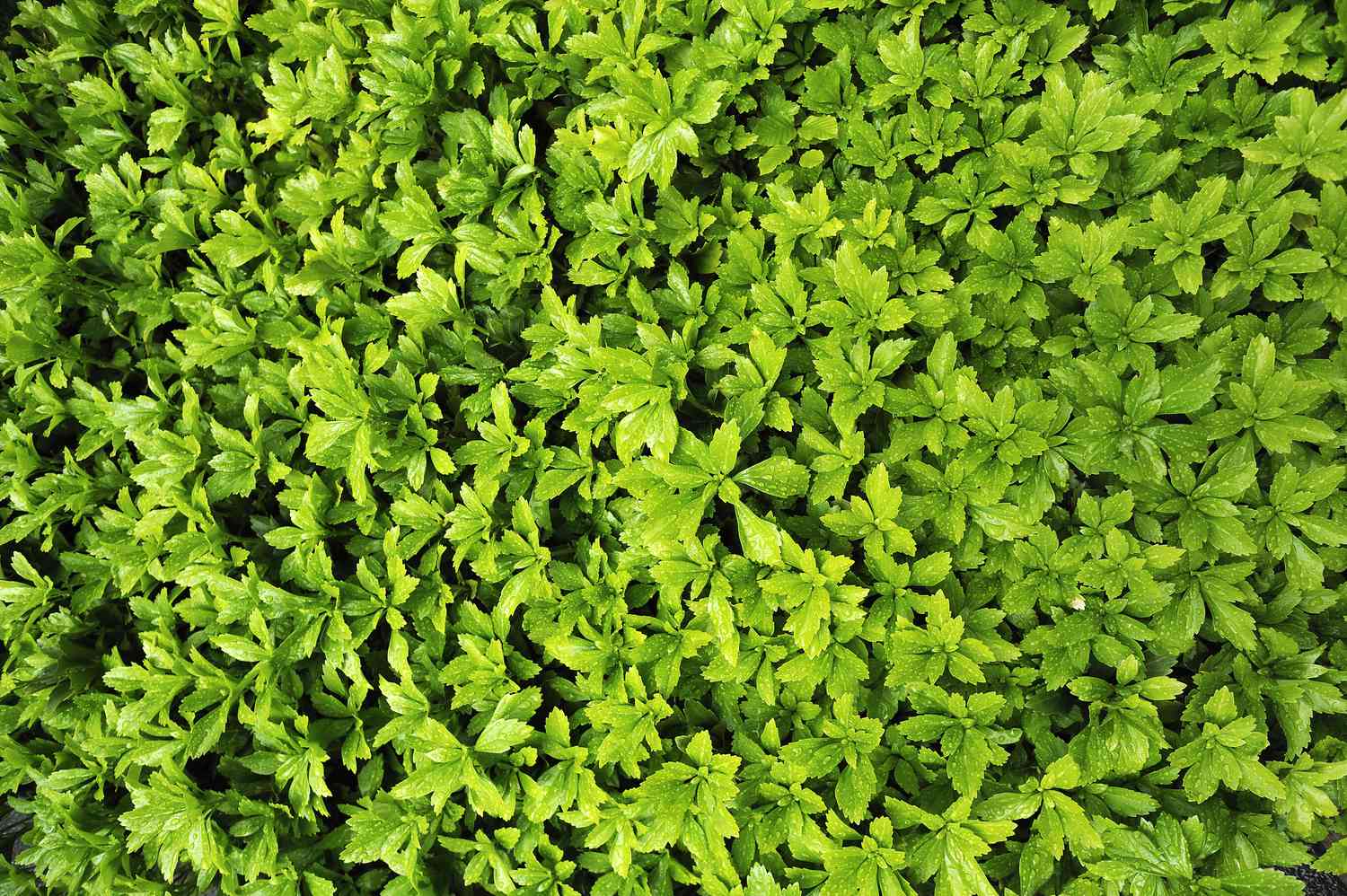

Garden Essentials
What Is The Most Deer-Resistant Ground Cover?
Modified: March 7, 2024
Discover the best deer-resistant ground cover options for your garden. Protect your plants and create a beautiful landscape with these reliable choices.
(Many of the links in this article redirect to a specific reviewed product. Your purchase of these products through affiliate links helps to generate commission for Storables.com, at no extra cost. Learn more)
Introduction
Welcome to the world of gardening, where nature meets creativity, and green spaces come to life. If you have a garden, you know that it’s not just about planting beautiful flowers or growing delicious fruits and vegetables; it’s about creating a harmonious and balanced ecosystem.
However, one common challenge that many gardeners face is dealing with deer. These magnificent creatures may be a sight to behold, but they can wreak havoc on your garden, especially when it comes to ground cover. Deer tend to graze on low-lying plants and can quickly decimate your carefully chosen ground cover.
The key to maintaining a thriving garden while deterring deer lies in choosing the right ground cover. In this article, we will explore the world of deer-resistant ground covers and discover some of the most effective options for your garden.
Before we dive into the specific plant options, it’s important to consider a few factors that contribute to a ground cover’s deer resistance. Deer are more likely to avoid plants with strong scents, fuzzy or spiky textures, or plants that are toxic to them. They also tend to avoid plants that are unpalatable or have a bitter taste.
Additionally, it’s essential to consider your garden’s specific conditions when selecting deer-resistant ground cover. Factors such as sunlight exposure, soil type, and moisture levels can all impact the success of your chosen plants.
Now that we understand the factors to consider, let’s explore some of the best options for deer-resistant ground cover. Whether you’re dealing with sunny or shady areas, there are plenty of solutions available to protect your garden from hungry deer while maintaining its beauty and functionality.
Key Takeaways:
- Choose deer-resistant ground covers with strong scents, spiky textures, and unpalatable tastes to protect your garden from hungry deer while adding beauty and functionality.
- Consider native plants, evergreen options, and non-plant deterrents to create a resilient and deer-resistant garden that thrives in both sunny and shady areas.
Read also: 11 Best Deer Resistant Flower Bulbs For 2024
Factors to Consider in Deer-Resistant Ground Cover
When selecting deer-resistant ground cover for your garden, there are several important factors to consider. By understanding these factors, you can make informed choices that will help protect your plants from deer grazing and ensure the success of your garden. Here are some key considerations:
- Scent: Deer have a keen sense of smell, and certain scents can deter them from grazing on your plants. Look for ground cover plants with strong, aromatic scents, such as lavender, sage, or thyme. These scents can mask the scent of other plants that may be attractive to deer.
- Texture: Deer are reluctant to eat plants with fuzzy or spiky textures. Plants like lamb’s ear, thistle, or yucca have rough or prickly leaves that deer tend to avoid. Incorporating these plants into your ground cover can help deter deer from grazing in your garden.
- Toxicity: Some plants are toxic to deer, and they instinctively avoid them. Examples include daffodils, foxgloves, and monkshood. However, it’s important to note that while these plants are deer-resistant, they may also be toxic to other animals or humans. Take caution when planting toxic plants and ensure they are out of reach for children or pets.
- Taste: Deer tend to avoid plants with bitter or unpalatable flavors. Ground cover plants with strong flavors, such as thyme, oregano, or mint, can deter deer from grazing. These plants are not only deer-resistant but can also add flavor and depth to your culinary endeavors.
- Site Conditions: Consider the specific conditions of your garden when selecting deer-resistant ground cover. Factors like sunlight exposure, soil type, and moisture levels can affect the success of your chosen plants. Make sure to choose ground cover plants that are well-suited to your garden’s specific conditions.
By considering these factors, you can choose deer-resistant ground cover that not only protects your garden from deer grazing but also thrives in your specific garden environment. Now, let’s explore some of the top deer-resistant ground cover options for your garden.
Native Plants as Deer-Resistant Ground Cover Options
When it comes to selecting deer-resistant ground cover for your garden, native plants can be a reliable and sustainable choice. Native plants are well-adapted to the local climate and ecosystem, making them more resistant to pests and diseases, including deer. Here are some native plant options that serve as excellent deer-resistant ground covers:
- Pachysandra: Pachysandra is a popular choice for deer-resistant ground cover. Its dense growth and glossy leaves create a lush carpet-like effect. It thrives in shaded areas and is particularly resistant to deer grazing.
- Creeping Phlox: Creeping phlox is a low-growing perennial that forms a stunning ground cover with its vibrant, cascading flowers. It is native to North America and is known for its resistance to deer browsing.
- Virginia Creeper: Virginia Creeper is a fast-growing vine that can also be used as a ground cover. Its attractive foliage turns a beautiful shade of red in the fall. While it is not completely immune to deer browsing, it is generally less appealing to them.
- Sedum: Sedums are hardy succulents that come in a variety of colors and forms. They are excellent ground cover options and are generally resistant to deer damage. Sedums are particularly well-suited to sunny areas with well-drained soil.
- Ajuga: Ajuga, also known as bugleweed, is a low-growing perennial that forms a dense mat of foliage. It produces spikes of colorful flowers in the spring. Ajuga is native to Europe but has naturalized in many parts of North America. It is generally less attractive to deer.
When using native plants as ground cover, not only are you enhancing your garden’s resistance to deer browsing, but you are also supporting local biodiversity and ecosystem health. Native plants provide food and habitat for native birds, butterflies, and other beneficial insects. They also require less water and maintenance compared to non-native species.
Before planting native ground cover, be sure to research the specific species that are native to your region. Consider factors such as sunlight requirements, soil conditions, and moisture levels to ensure the success of your chosen plants. Native plant nurseries or local garden centers can provide valuable guidance and advice for selecting the best native ground cover options for your garden.
Now that you have some insights into native plants as deer-resistant ground cover, let’s explore other options for creating a beautiful and deer-resistant garden.
Evergreen Ground Covers for Deer Resistance
Evergreen ground covers are not only visually appealing, but they also provide year-round coverage, adding structure and beauty to your garden. When choosing evergreen ground covers, it’s important to select varieties that are also resistant to deer browsing. Here are some popular evergreen ground cover options that deer tend to avoid:
- English Ivy: English Ivy is a versatile evergreen ground cover that can tolerate a wide range of conditions, including shade and drought. Its thick, dense foliage makes it unappealing to deer, as well as a great option for covering areas where other plants struggle to grow.
- Wintercreeper: Wintercreeper, also known as Euonymus fortunei, is a low-growing evergreen shrub that can be used as a ground cover. Its variegated foliage adds interest to the landscape, and its thick growth habit provides excellent coverage. Deer tend to avoid this plant due to its bitter taste.
- Juniper: Juniper is a resilient evergreen shrub that comes in a variety of forms, including low-growing ground cover varieties. Its needle-like foliage and spiky texture make it less appealing to deer. Juniper is well-suited to sunny areas with well-drained soil.
- Japanese Pachysandra: Japanese Pachysandra is a close relative of the native Pachysandra and offers similar characteristics. It forms a dense ground cover with its glossy, dark green leaves. It can thrive in shade or partial shade and is generally resistant to deer browsing.
- Barren Strawberry: Barren Strawberry, or Waldsteinia ternata, is a low-growing evergreen perennial with glossy green leaves that resemble strawberry leaves. It produces bright yellow flowers in the spring. Barren Strawberry is a tough and durable ground cover that deer tend to avoid.
When using evergreen ground covers, it’s important to consider their growth habits and specific care requirements. Some ground covers may spread aggressively, while others require regular pruning to maintain their desired shape. Research each plant’s characteristics and consult with local experts to ensure the best selection and care for your garden.
By incorporating evergreen ground covers into your landscape, you can enjoy year-round greenery and a natural barrier against deer browsing. These plants not only provide a visual backdrop but also contribute to the overall health and resilience of your garden.
Now that we have explored evergreen ground cover options, let’s move on to flowering ground covers that are resistant to deer browsing.
Deer-Resistant Flowering Ground Covers
Who doesn’t love a garden filled with colorful flowers? While it may seem challenging to find flowering ground covers that are resistant to deer browsing, there are several options available. Here are some popular deer-resistant flowering ground covers to enhance the beauty of your garden:
- Periwinkle: Periwinkle, also known as Vinca minor, is a low-growing perennial with beautiful, star-shaped flowers in shades of blue and purple. It forms a dense ground cover and is generally resistant to deer browsing.
- Creeping Thyme: Creeping thyme is a lovely option for a flowering ground cover. It produces delicate, aromatic flowers in hues of pink, purple, or white. This low-growing perennial is not only deer-resistant but also attracts pollinators to your garden.
- Lily of the Valley: Lily of the Valley is a fragrant ground cover with charming bell-shaped flowers that bloom in the spring. It thrives in shady areas and is generally overlooked by deer due to its toxic nature.
- Creeping Sedum: Creeping sedum, also known as stonecrop, is a succulent ground cover that offers both attractive foliage and vibrant flowers. It comes in a range of colors, including pink, yellow, and red. Deer tend to avoid succulent plants, making creeping sedum a great deer-resistant option.
- Black-eyed Susan: Black-eyed Susan, or Rudbeckia, is a hardy perennial that produces bright yellow flowers with a dark center. It adds a burst of color to your garden and is generally resistant to deer browsing.
When selecting flowering ground covers, consider factors such as bloom time, sunlight requirements, and soil conditions. By choosing a variety of plants that flower at different times, you can ensure a continuous display of color throughout the seasons.
It’s important to note that even though these plants are deer-resistant, it doesn’t mean they are completely immune to deer grazing. In times of extreme hunger or in areas with a high deer population, some plants may still be nibbled on. However, planting a diverse combination of deer-resistant flowering ground covers can help decrease the likelihood of significant damage.
Now that we have explored some gorgeous flowering ground cover options, let’s move on to options for both shade and sunny areas.
Consider planting ground covers such as creeping thyme, lamb’s ear, or pachysandra, which are known to be deer-resistant due to their strong scents and textures. These plants can help protect your garden from deer damage.
Read more: What Is A Ground Cover Plant
Deer-Resistant Ground Covers for Shade Areas
Shady areas of the garden can be challenging to fill with vibrant and deer-resistant ground cover. However, there are several options that thrive in shade and are less appealing to deer. Here are some deer-resistant ground covers that can bring life to your shady garden:
- Hosta: Hostas are a classic choice for shade gardens. They are known for their large and attractive foliage that comes in a variety of colors and textures. While they may be occasionally nibbled on by deer, they are generally resistant to extensive grazing.
- Japanese Spurge: Japanese Spurge, or Pachysandra terminalis, is a shade-loving ground cover that forms a dense carpet of evergreen leaves. The flowers may attract pollinators, but the foliage is typically unappetizing to deer.
- Wild Ginger: Wild Ginger is a native ground cover that thrives in shady areas. It has heart-shaped leaves and produces inconspicuous flowers. Deer tend to steer clear of this plant, making it an excellent choice for deer-resistant ground cover in shade gardens.
- Hellebore: Hellebores, also known as Lenten Roses, are early-blooming perennials that add color to shade gardens. Their elegant flowers come in various shades of pink, purple, and white. While not completely immune to deer browsing, Hellebores are often avoided due to their toxic nature.
- Bearberry: Bearberry, or Arctostaphylos uva-ursi, is a low-growing evergreen shrub that can be used as a ground cover. It features small, leathery leaves and produces bright red berries. Deer typically avoid this plant, making it an ideal choice for shade areas.
Shade gardens can be enchanting and provide a retreat from the sun. By selecting deer-resistant ground covers for shade areas, you can create a lush and green oasis while minimizing the risk of deer damage.
It’s important to note that while these plants are considered deer-resistant, hungry deer may still sample them, particularly during seasons when food is scarce. Implementing additional deterrents, such as fencing or using deer repellents, can help reinforce the deer resistance of your shade garden ground covers.
Now that we have explored deer-resistant ground covers for shade areas, let’s move on to options that thrive in sunny spots.
Deer-Resistant Ground Covers for Sun Areas
Sunny areas of the garden are perfect for showcasing vibrant and tough ground covers that can withstand the heat and sun exposure. While deer may be more active in these areas, there are several options that are known to be deer-resistant. Here are some deer-resistant ground covers that thrive in sun-drenched areas:
- Creeping Rosemary: Creeping rosemary is a fragrant and versatile ground cover that not only adds beauty to your garden but also repels deer. Its needle-like leaves and vibrant blue flowers make it an attractive option for sunny areas.
- Creeping Jenny: Creeping Jenny, or Lysimachia nummularia, is a low-growing perennial that forms a dense mat of bright green leaves. It produces small yellow flowers and is resistant to deer browsing, making it an ideal choice for sun-filled areas.
- Sedum: Sedums are succulent plants that come in many varieties and are well-suited to sunny areas. They have fleshy leaves and produce clusters of flowers in hues of pink, red, or yellow. Most sedums are deer-resistant, and they offer a unique and drought-tolerant ground cover option.
- Creeping Thyme: Creeping thyme is not only a flowering ground cover but also a sun-loving one. Its aromatic foliage and delicate, lavender-colored flowers make it a beautiful addition to sunny areas. It is known for its resilience to deer browsing.
- Ice Plant: Ice plant, or Delosperma, is a hardy ground cover that thrives in hot, sunny conditions. It features succulent leaves and stunning daisy-like flowers in vibrant colors. Ice plant is generally less appealing to deer, making it a durable and deer-resistant choice.
When selecting ground covers for sunny areas, it’s important to choose plants that can tolerate the heat and require minimal water once established. These deer-resistant options not only provide visual interest but also help to create a low-maintenance and resilient garden.
While these ground covers are considered deer-resistant, it’s important to monitor your garden for any signs of deer activity. If needed, additional deterrents, such as motion-activated sprinklers or scent-based repellents, can be used to reinforce the deer resistance of your sun-loving ground covers.
Now that we have explored deer-resistant ground covers for sun areas, let’s take a look at some non-plant deer-repellent options for ground cover.
Non-Plant Deer-Repellent Ground Cover Options
While selecting deer-resistant plants for ground cover is a common approach, there are also non-plant options available to help deter deer from your garden. These alternatives can be effective in protecting your ground cover while providing an additional layer of defense. Here are some non-plant deer-repellent ground cover options:
- Mulch: Mulch is a popular choice for ground cover that can also help repel deer. Certain types of mulch, such as cedar or pine, emit a strong scent that can deter deer from entering your garden. Applying a layer of deer-repellent mulch around your plantings can create a barrier and discourage deer browsing.
- Gravel: Gravel is not only a visually appealing ground cover option but also an effective deterrent for deer. The texture and noise of walking on gravel can discourage deer from venturing into your garden. By creating a gravel path or using gravel around your plants, you can create an uninviting environment for deer.
- Netting or Fencing: Physical barriers such as netting or fencing can be highly effective in preventing deer from accessing your ground cover. Deer are less likely to attempt to jump or navigate through obstacles, so installing a sturdy fence around your garden can provide excellent deer protection.
- Repellent Sprays: Deer repellent sprays are commercially available and can be applied to your ground cover plants. These sprays typically contain ingredients with strong scents or tastes that are unpleasant to deer. Regularly applying these sprays can help deter deer from grazing on your ground covers.
- Ultrasonic Devices: Ultrasonic devices emit high-frequency sound waves that are inaudible to humans but can be uncomfortable for deer and other animals. Placing these devices strategically around your garden can help discourage deer from approaching your ground covers.
When using non-plant deer-repellent ground cover options, it’s important to follow the instructions for application and maintenance. Some repellents may need to be reapplied after rainfall or periodically to maintain their effectiveness.
Depending on the level of deer pressure in your area, combining multiple deer-repellent methods may provide the best results. Keep in mind that deer can become accustomed to certain deterrents over time, so it may be necessary to rotate or use a combination of methods for long-term effectiveness.
Now that we have explored non-plant deer-repellent ground cover options, let’s summarize our findings.
Conclusion
Creating a beautiful garden that is resistant to deer browsing is possible with the right selection of ground covers. By considering factors such as scent, texture, toxicity, taste, and site conditions, you can choose deer-resistant ground covers that not only protect your garden but also thrive in your specific environment.
Native plants offer a sustainable and resilient choice for deer-resistant ground covers. These plants are adapted to the local climate and ecosystem, making them more resistant to pests, including deer. Incorporating native plants not only enhances your garden’s deer resistance but also supports local biodiversity.
In shaded areas, ground covers such as hostas, Japanese spurge, wild ginger, hellebores, and bearberry can thrive while deterring deer from grazing on them. In sunny spots, options like creeping rosemary, creeping jenny, sedums, creeping thyme, and ice plant can provide both beauty and protection against deer browsing.
For additional defense against deer, non-plant options like deer-repellent mulch, gravel, fencing, repellent sprays, and ultrasonic devices can be used as ground cover alternatives. These methods can create barriers and deter deer from entering your garden, providing an extra layer of protection for your chosen plants.
It’s important to remember that while deer-resistant plants and deterrents can significantly reduce deer damage, they are not foolproof. In times of extreme hunger or in areas with a high deer population, some grazing may still occur. Regular monitoring and adjusting your deer deterrent strategies as needed are essential for maintaining a successful and deer-resistant garden.
By selecting deer-resistant ground covers and employing repellent methods, you can strike a balance between creating a beautiful garden and protecting it from deer browsing. With the right choices and strategies in place, you’ll be able to enjoy a thriving and deer-resistant garden for years to come.
Frequently Asked Questions about What Is The Most Deer-Resistant Ground Cover?
Was this page helpful?
At Storables.com, we guarantee accurate and reliable information. Our content, validated by Expert Board Contributors, is crafted following stringent Editorial Policies. We're committed to providing you with well-researched, expert-backed insights for all your informational needs.
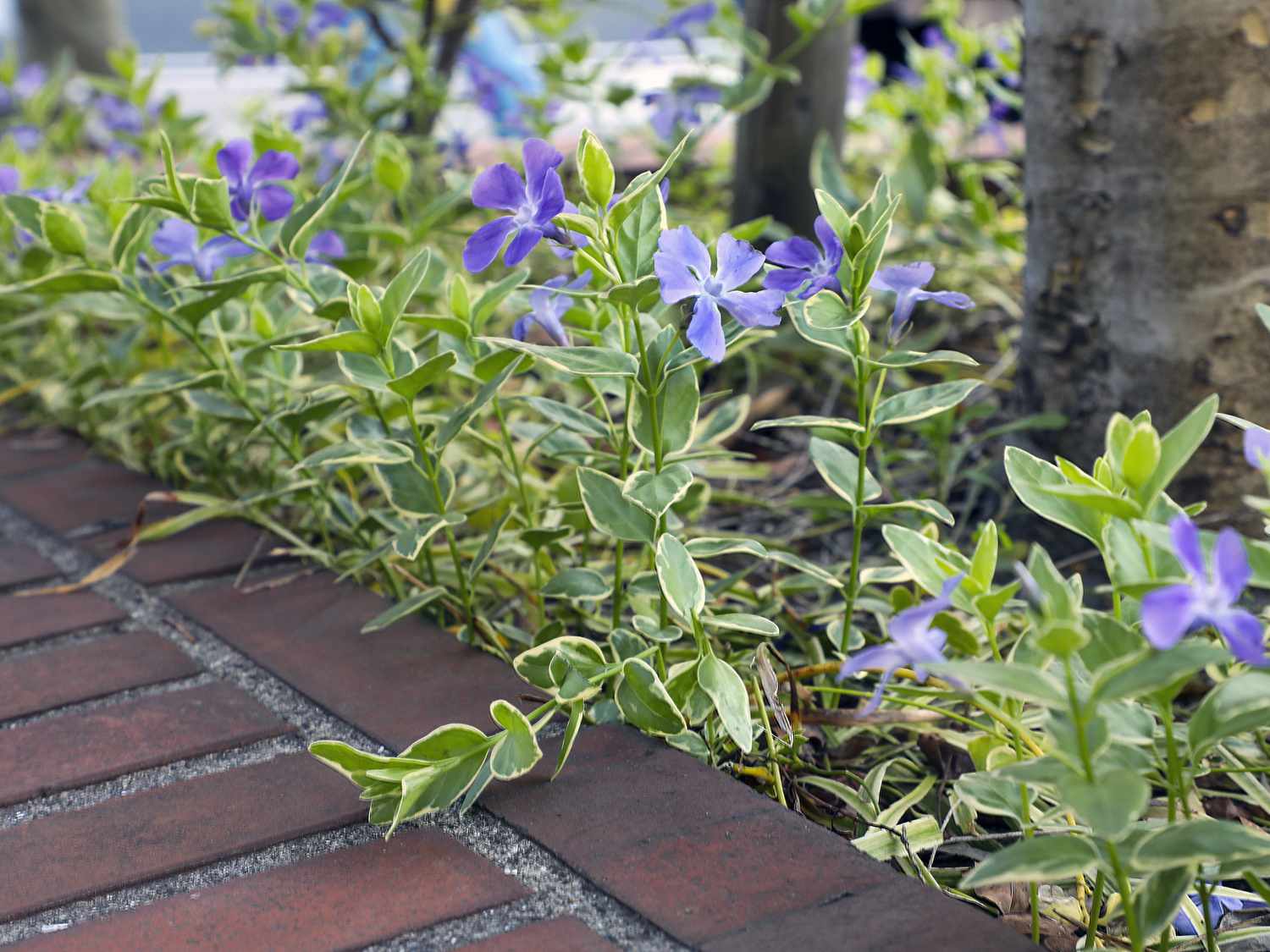
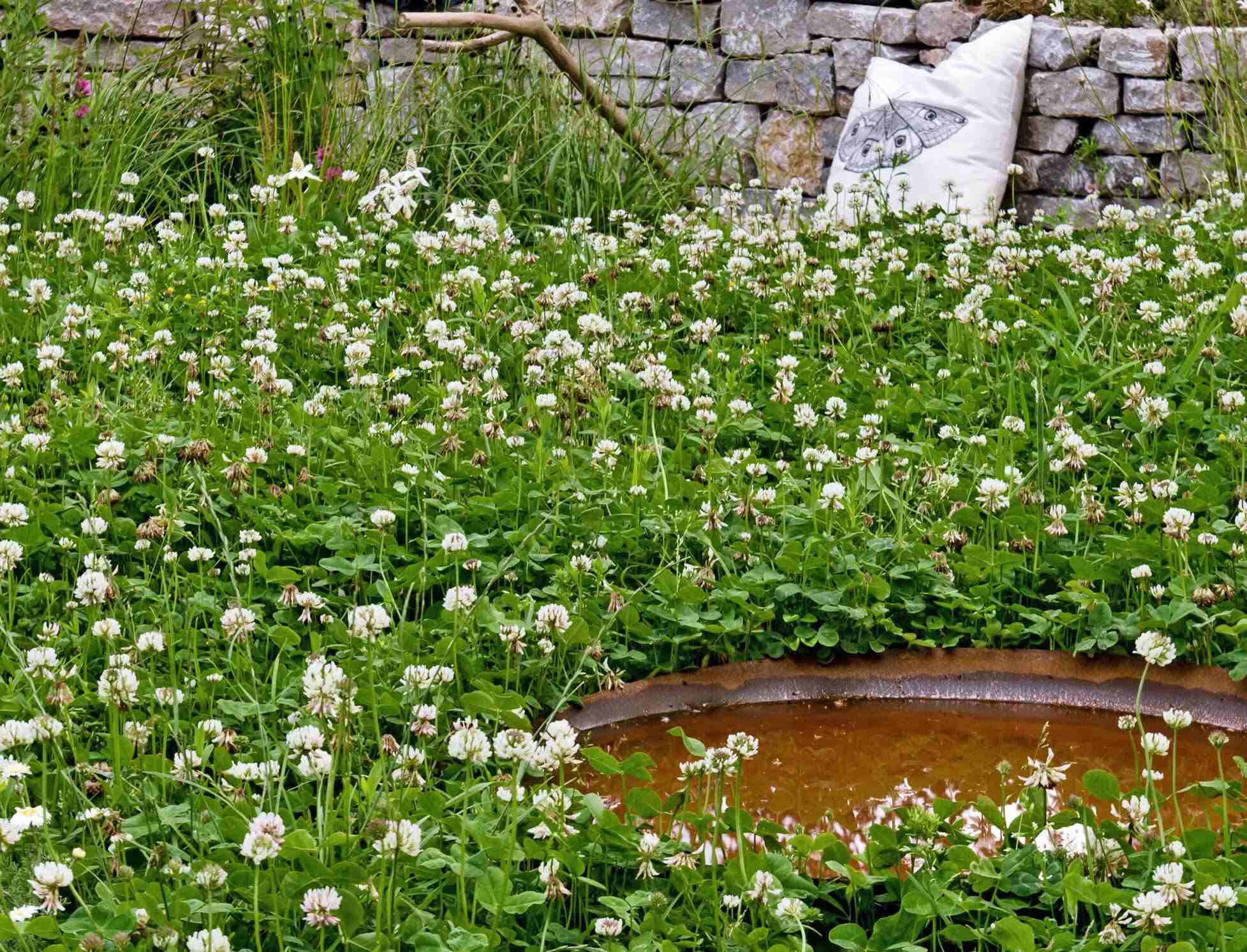
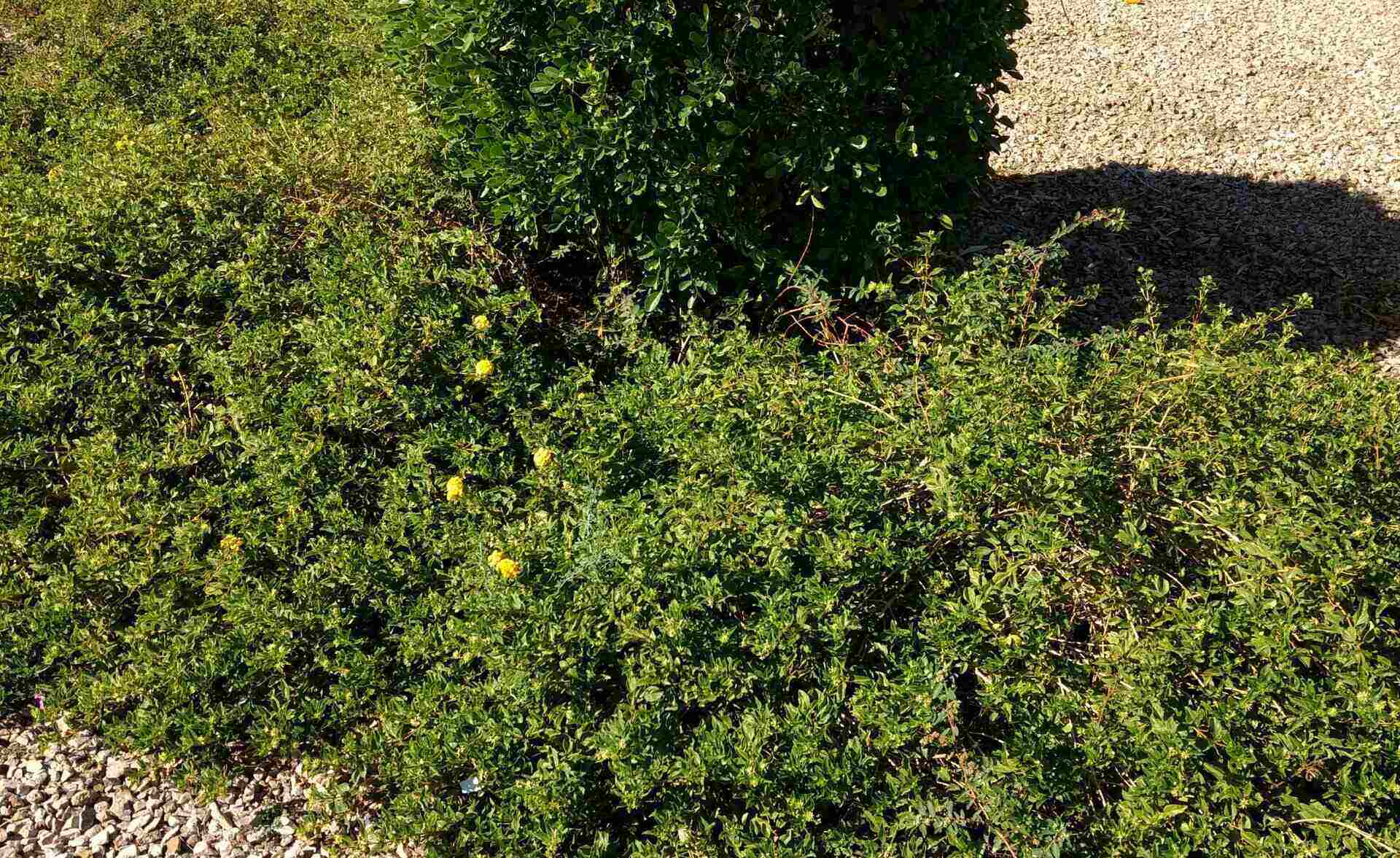
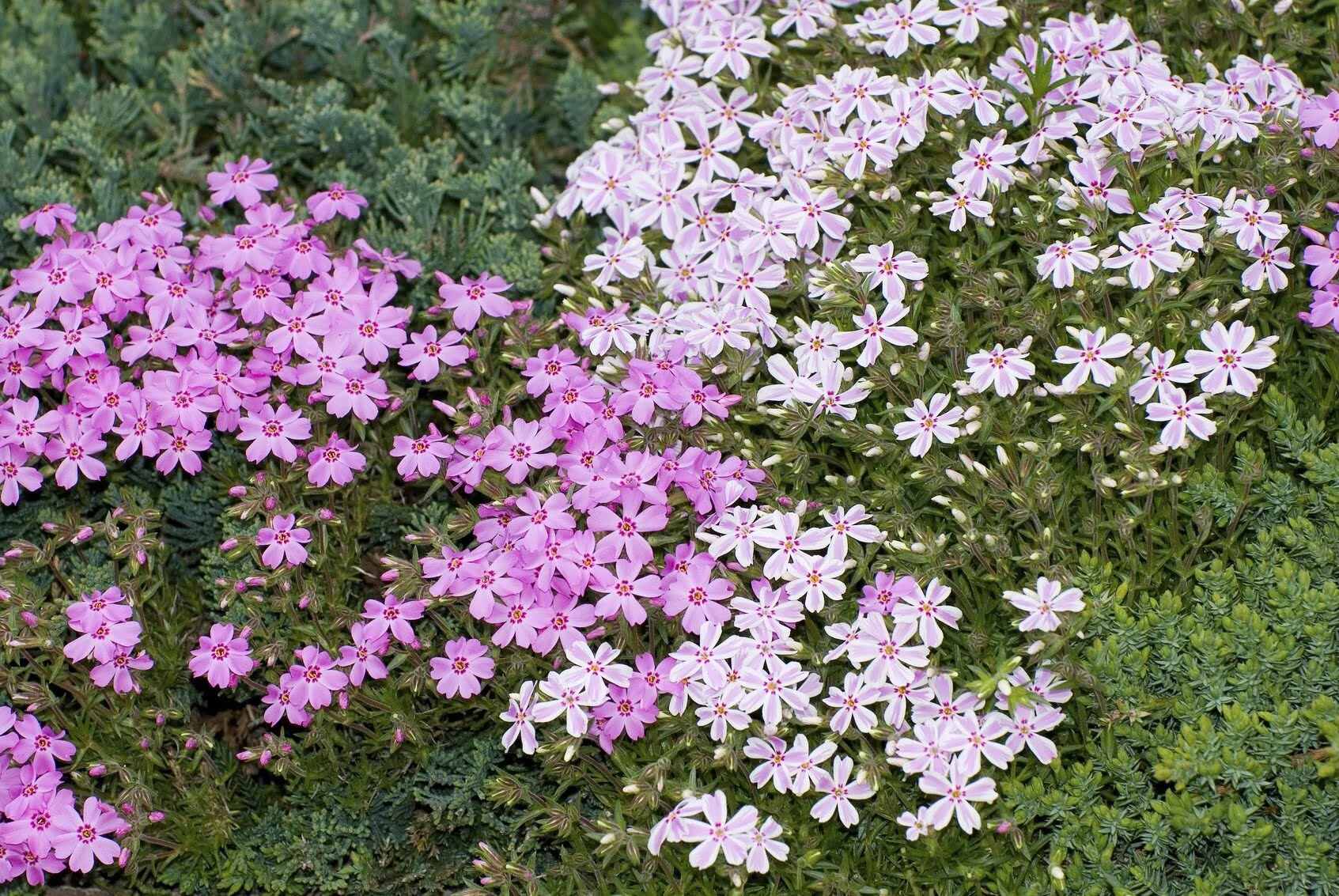
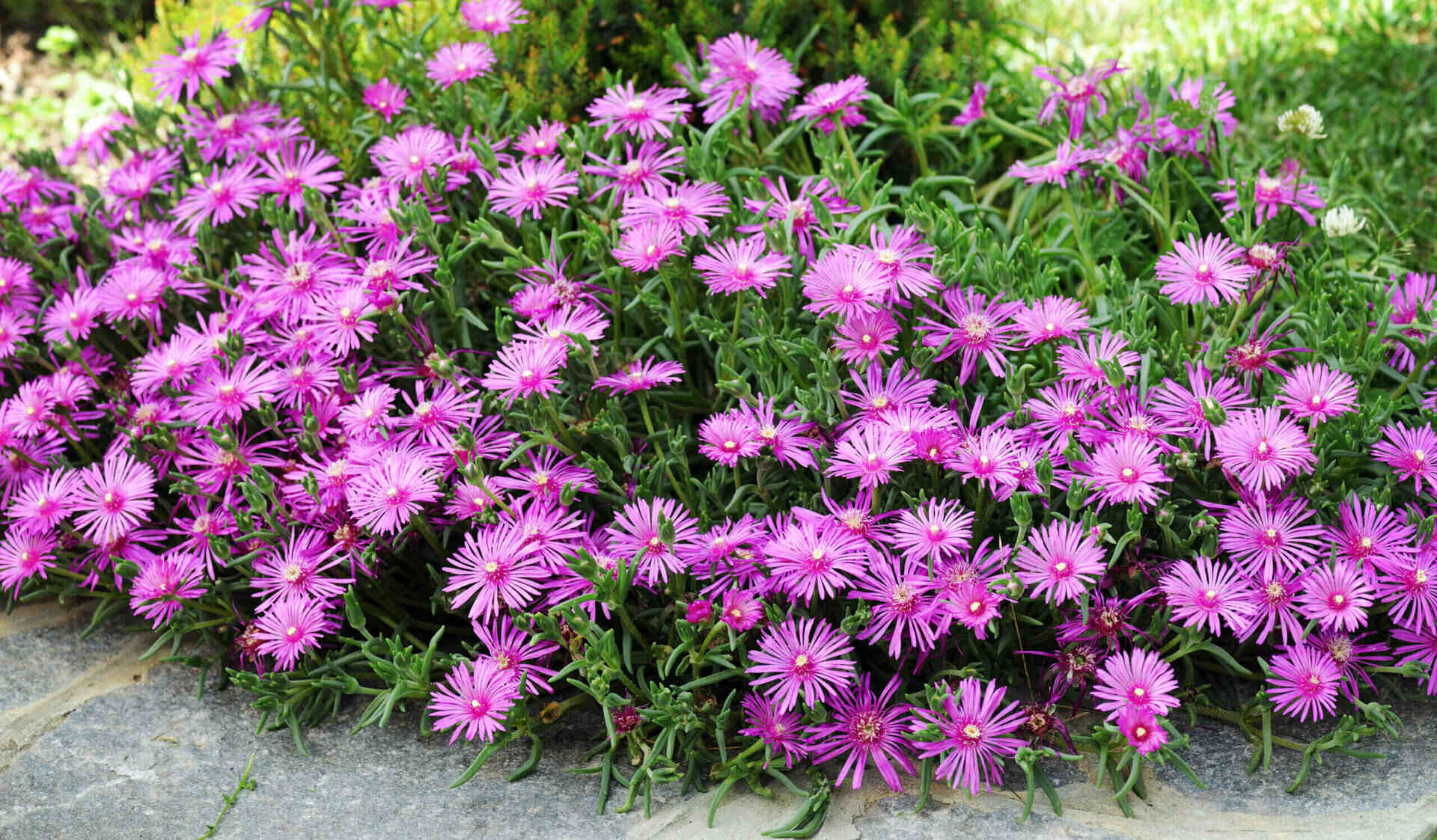
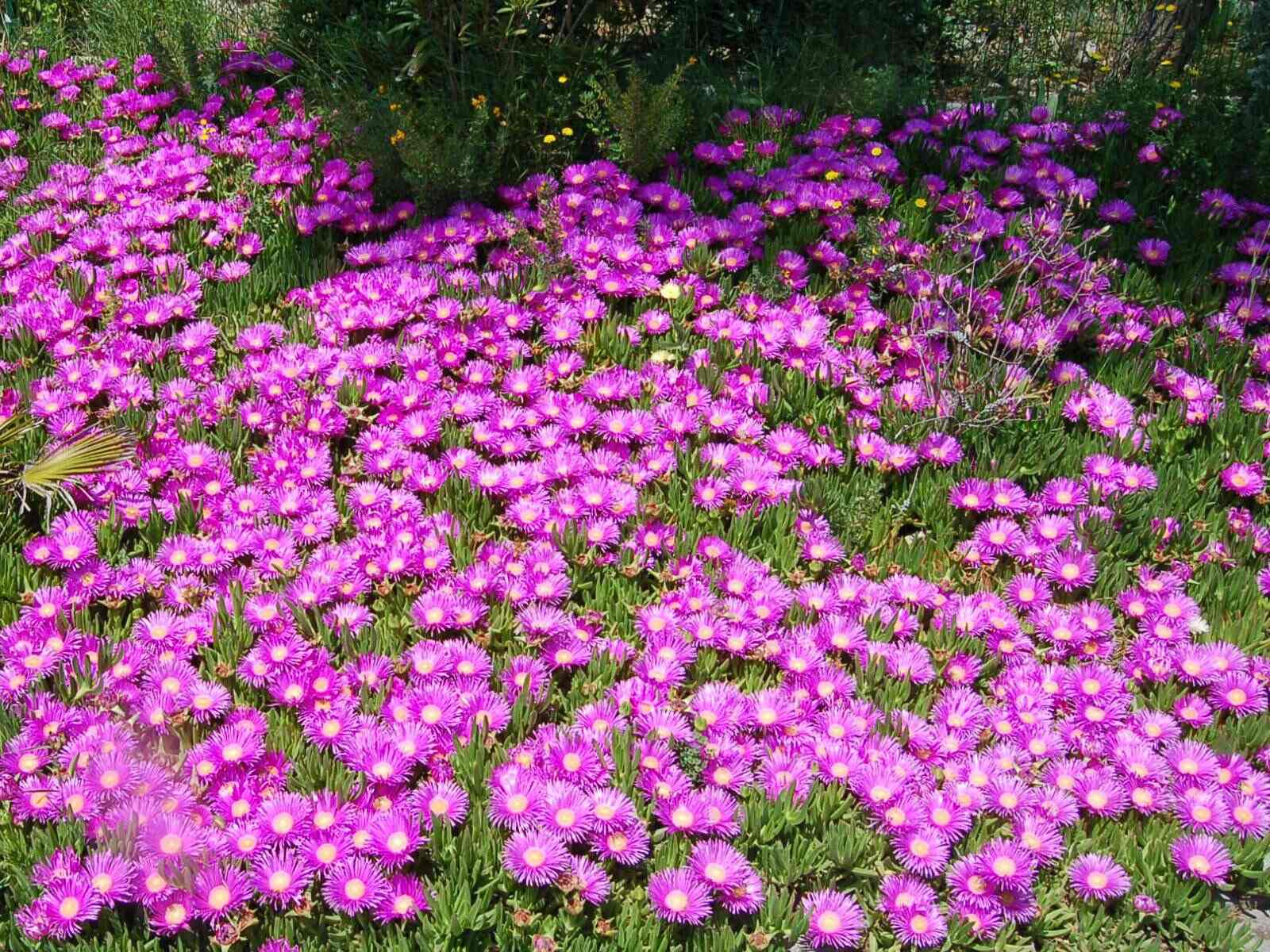
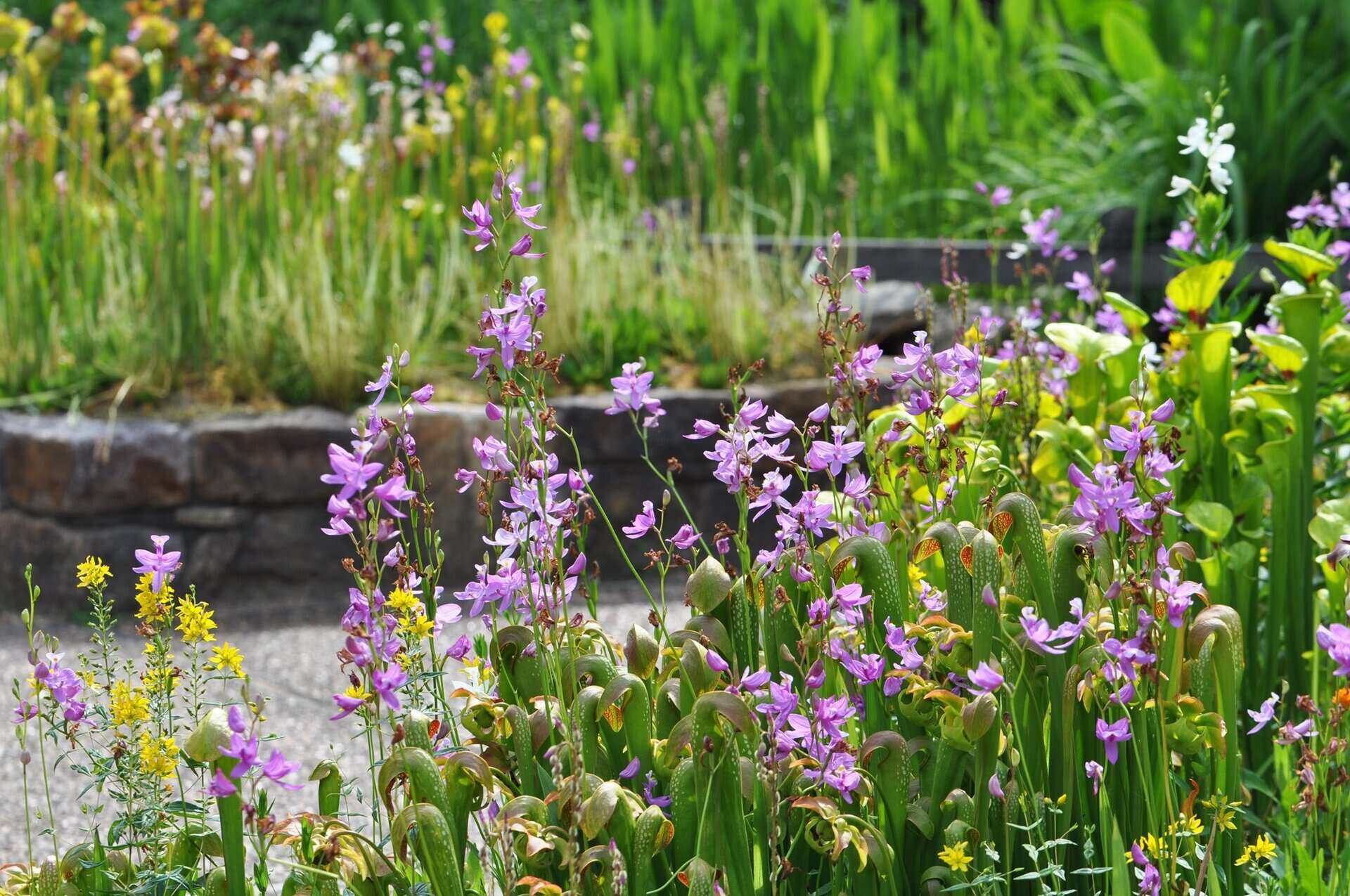
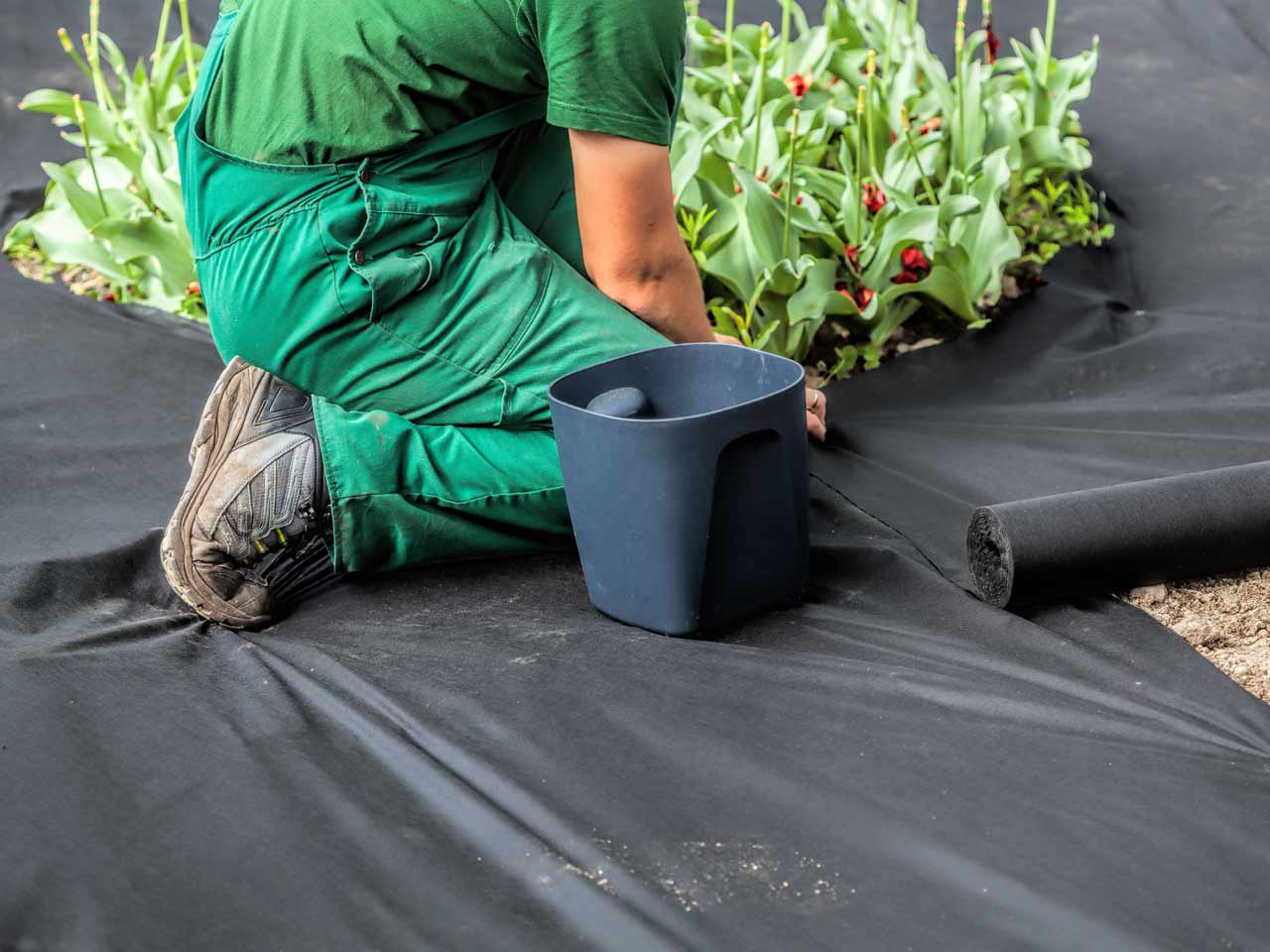
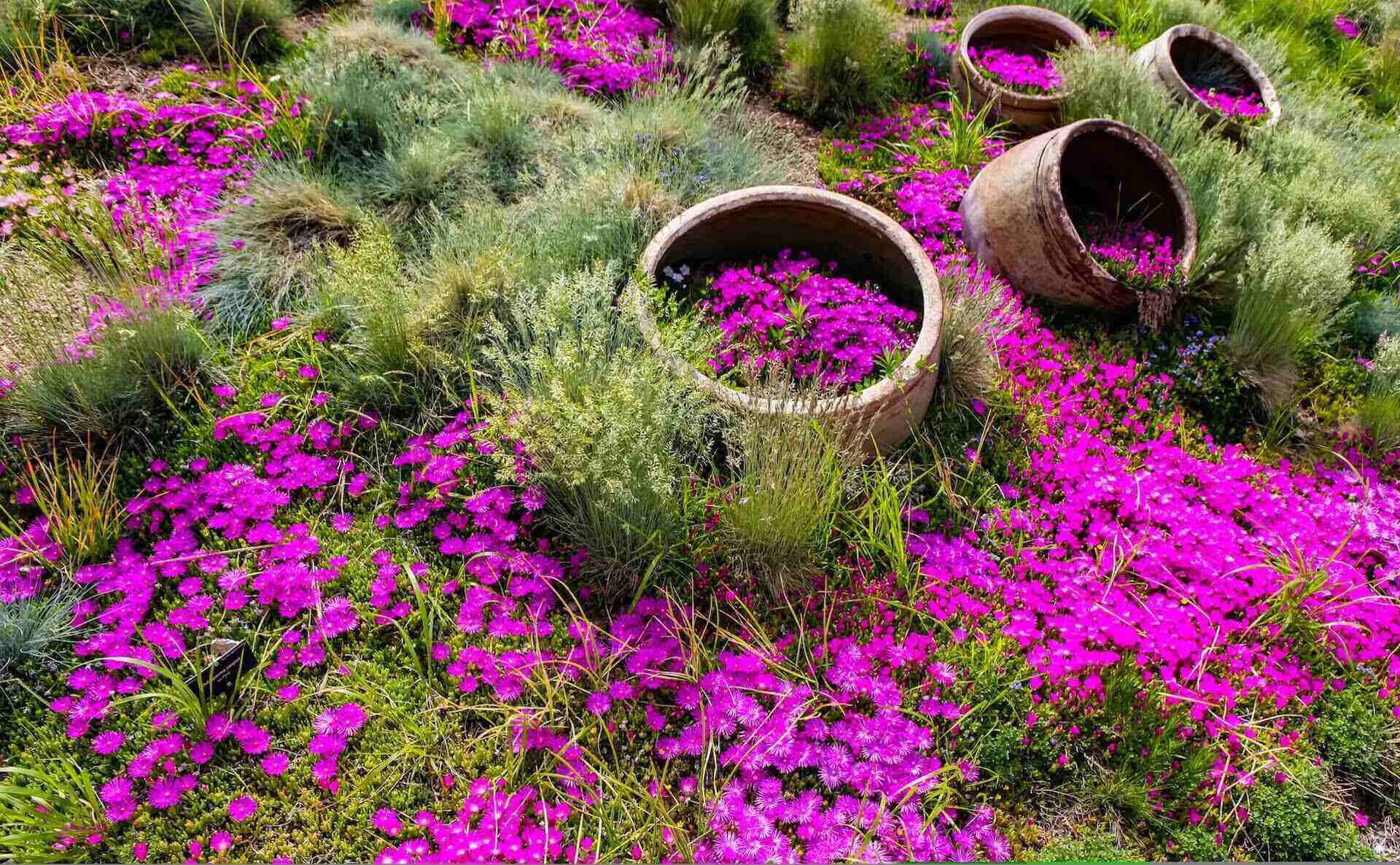

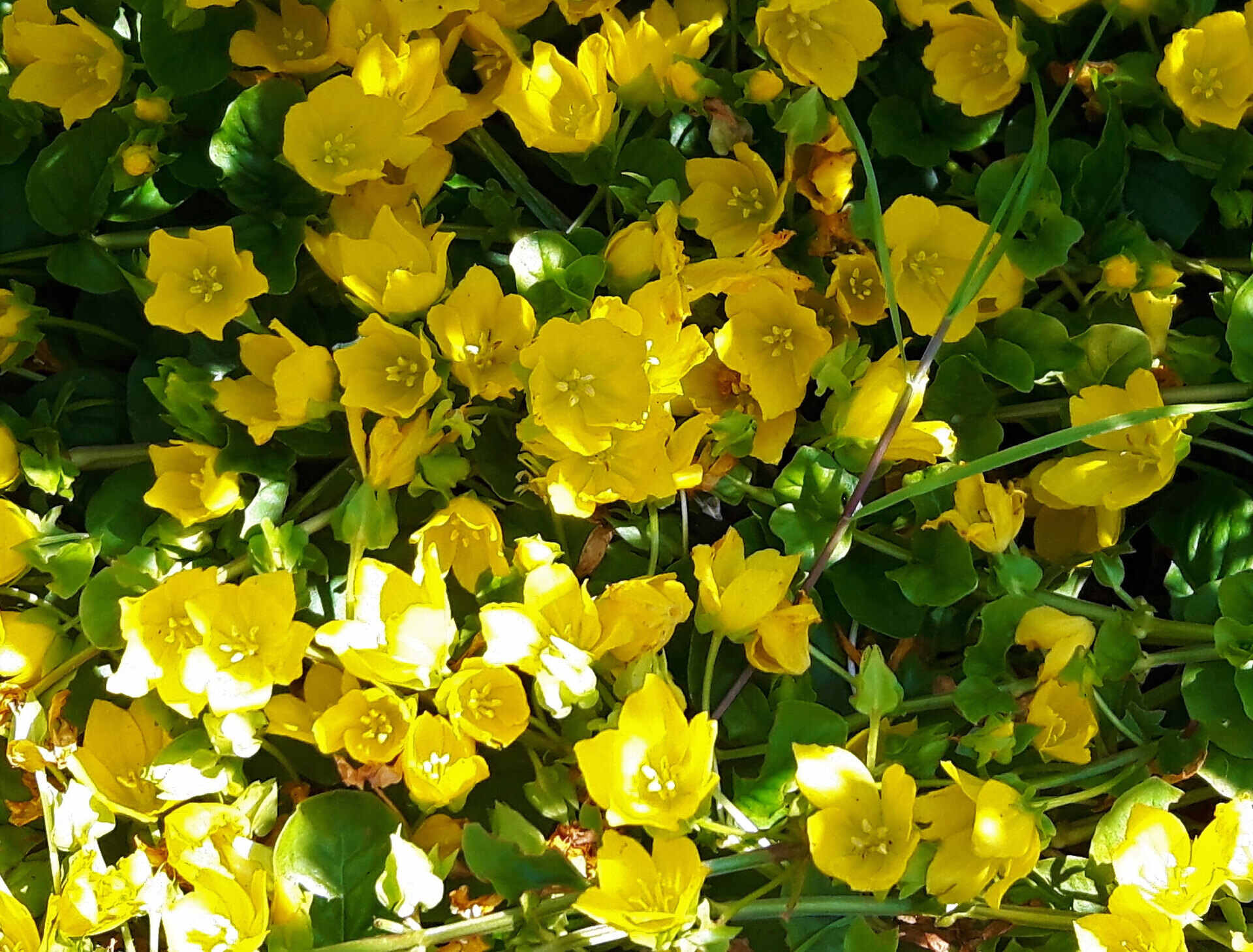

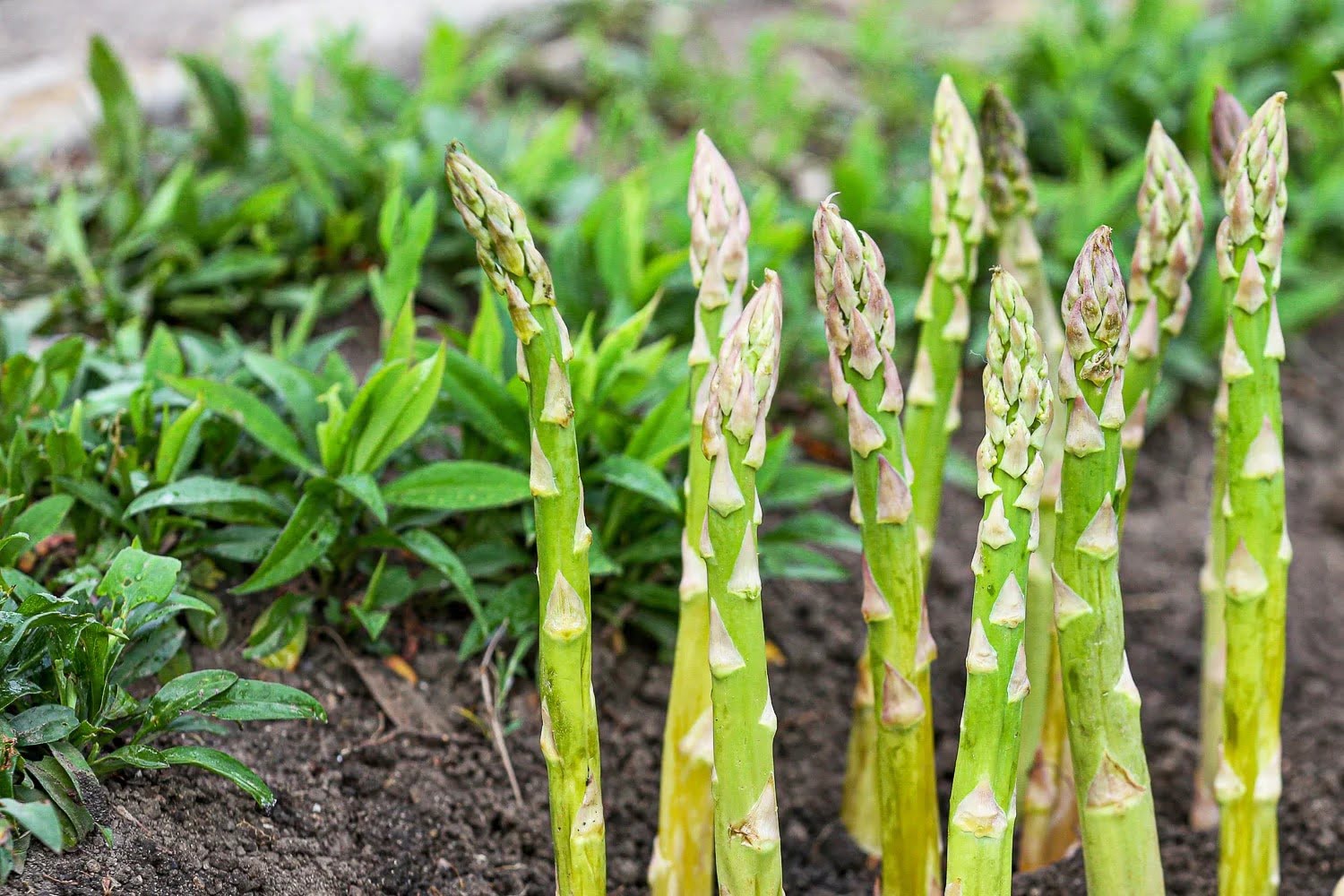


0 thoughts on “What Is The Most Deer-Resistant Ground Cover?”